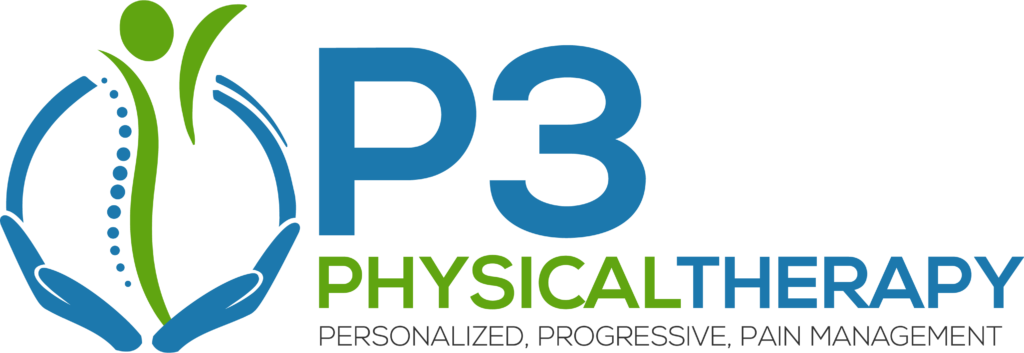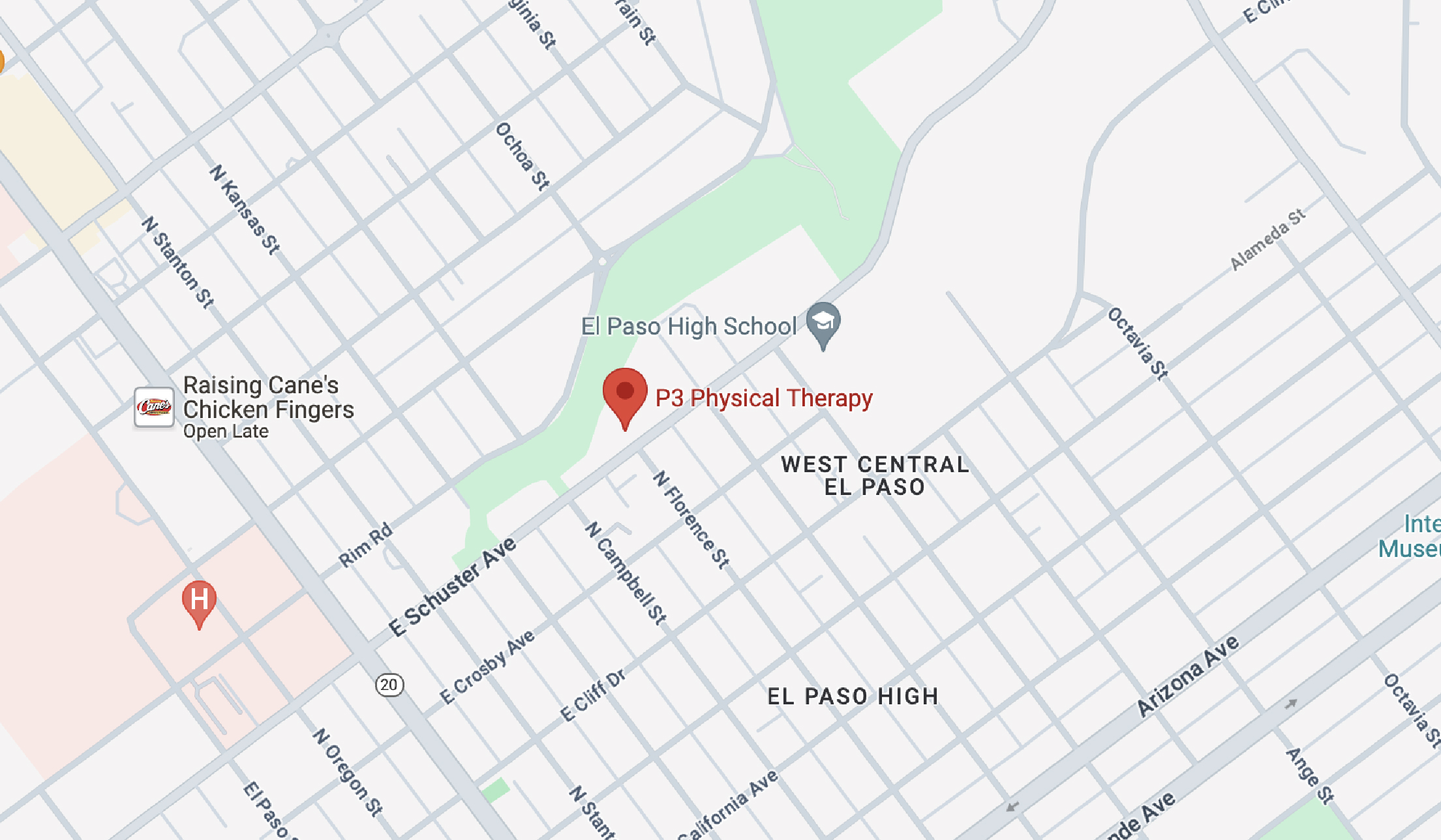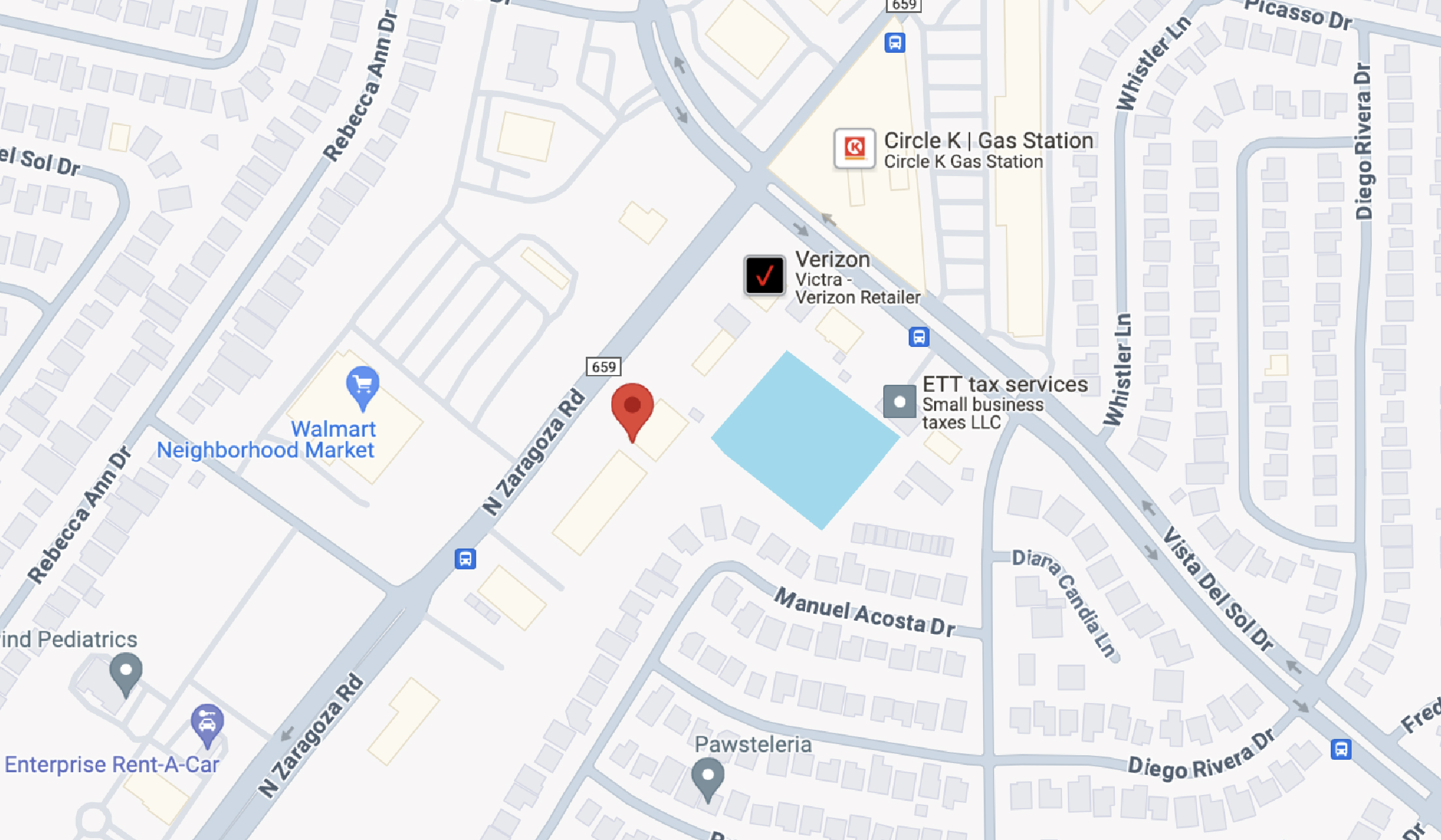If we had to pick one of the most underrated treatments in physical therapy and healthcare, dry needling would certainly be on the list. Millions of people who could likely benefit from dry needling have never heard of it, or aren’t aware of what it can do for them.
In this blog, we discuss the history of this treatment, the basics, and how it might be a potential treatment for you!
Wait, What Is Dry Needling?
Dry needling, to boil it down, is the use of dry needles to manipulate trigger points and improve pain and movement issues. Trigger points are small, tight bands of muscle that can impair normal range of motion and cause pain. If it’s hard to visualize, think of them like knots in a shoelace. They are small but can have a huge impact on movement and pain. With dry needles, you can manipulate those trigger points and release the tension there.
One of the first misconceptions that crop up when discussing dry needling is that it is acupuncture or some sort of medicalized form of it. Acupuncture is a much more ancient practice, most commonly attributed to ancient China. Acupuncture works by manipulating the flow of Qi (pronounced “chi”) or energy through the body and is used to alleviate pain, improve organ performance, and support blood flow.
While some studies suggest that acupuncture may have some non-negligible benefit, dry needling is a much more scientifically supported treatment method.
Another major misconception surrounding dry needling is that physical therapists will stab the trigger points until they release, which sounds extremely painful. Luckily, that’s not how dry needling works at all. Instead, armed with finesse and knowledge of musculoskeletal systems, physical therapists gently manipulate the trigger points into release.
How Dry Needling Came To Be
While dry needling hasn’t been around nearly as long as acupuncture, it similarly has a storied history. The existence of trigger points has been known in many cultures for thousands of years, though the process to deal with them has changed over time. Dry needling was born in the 1940s as part of research into myofascial trigger points. Using needling was first proposed by Dr. Janet Travell and Dr. David Simons, and it first began as wet needling.
Specifically, they injected various substances to try to manipulate the trigger points. They tried saline, analgesics, and other substances to try to improve motion and reduce pain.
A few decades later, a Czech physician named Karel Lewit began studying the efficacy of dry needling. In 1979, she began formally studying the practice and found that dry needling also can achieve favorable outcomes. During its development, dry needling was often confused with acupuncture, which made outside research on the treatment very inconsistent.
The practice didn’t gain much traction until the early 2000s when the osteopathic, chiropractic, and physiotherapy fields began to pick up on and explore some of the benefits of it. Now, it’s a practice that is taught in every continent, and one that has much more reliable and consistent research backing it up. It still is woefully under-utilized, but it’s been rising in popularity over the years.
So, What Can Dry Needling Actually Help With
To understand what dry needling can help with, we first have to know more about how trigger points actually hinder the body and cause pain.
When trigger points are pressed on, they cause pain by shortening the muscle fibers around them. This pain can be felt in the initial area where the trigger points are, or in different areas of the body.
Trigger points are typically caused by repetitive injury or strain, as well as stress, poor posture, muscle trauma, and more. Trigger points have such a large impact on our body because muscles make up around 40% of our body by weight, and these muscles are extremely interconnected. This means that even small trigger points can have a big impact on pain, movement, and blood flow.
Thus, dry needling can help with pain, movement impairments, and blood flow when related to trigger points. Dry needling can be used as a treatment all in itself, or it can be used as one treatment in a treatment plan with other physical therapy techniques. After your evaluation, our team will draft a unique therapy plan based on what could best help you.
Trust P3 Physical Therapy For Dry Needling In El Paso!
P3 Physical Therapy is the only physical therapy clinic in El Paso certified in myofascial trigger point therapy. We’ve helped countless patients regain their range of motion and overall health with the help of dry needling.
Contact us today to learn more about dry needling and to schedule your evaluation today!


